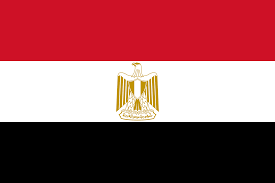Sports

Sports Clubs
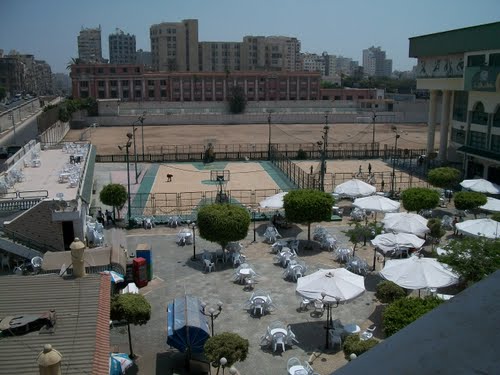
Al Ittihad Alexandria Club
founded in 1914 in Alexandria, and plays in the Egyptian Premier League. It has the third largest number of fans in Egypt, after Al-Ahly and El Zamalek. The club Al-Ittihad of Alexandria is the first club that rushed to endorse the idea of founding the Egyptian Football Association in 1921 which contributed to increased popularity in Alexandria.
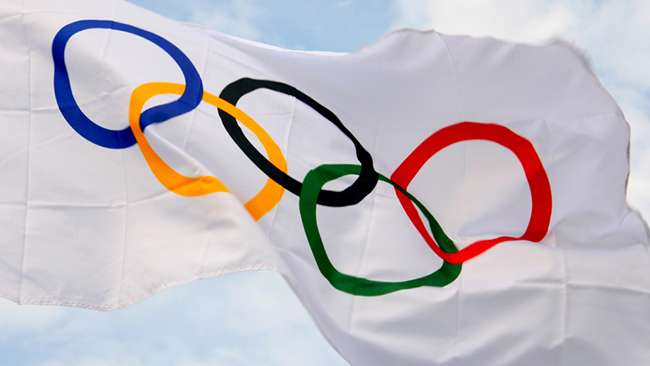
Egyptian Olympic Athletes Club
Founded in 1905, It is one of the oldest clubs in Egypt mostly known for its achievements in the Track and field games winning several gold medals in continental championships and also in the Olympiad.
The Team's golden age was in the 1960s when the team could defeat Egypt's strongest teams at that time, winning the Egyptian Premier League in 1966.
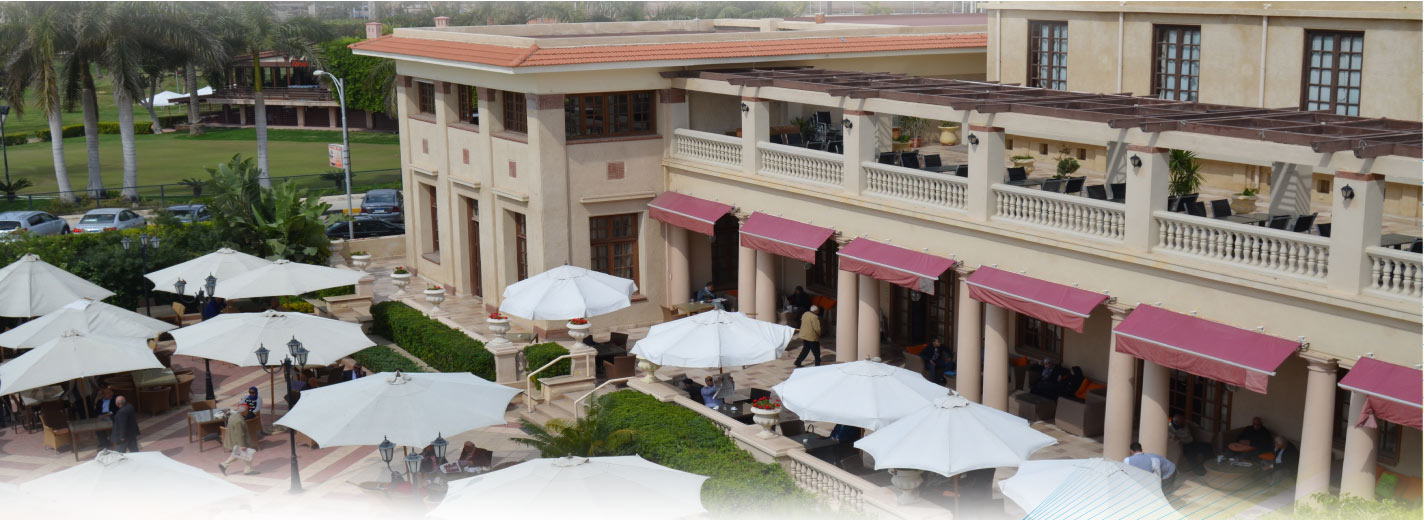
Alexandria Sporting Club
was built in 1890 and is one of the oldest clubs in Egypt. In 1952, it was taken over by the Egyptian government and converted to a national club.It was managed by Mahmoud Hamdy, the chairman of the club.70% of the club area is occupied by a golf course. Those with annual memberships, tourists or those who pay a daily entrance fee can play golf. Summer memberships are available, also. It also has three swimming pools, tennis courts, equestrian area, basketball courts, football field, squash courts and many other facilities.
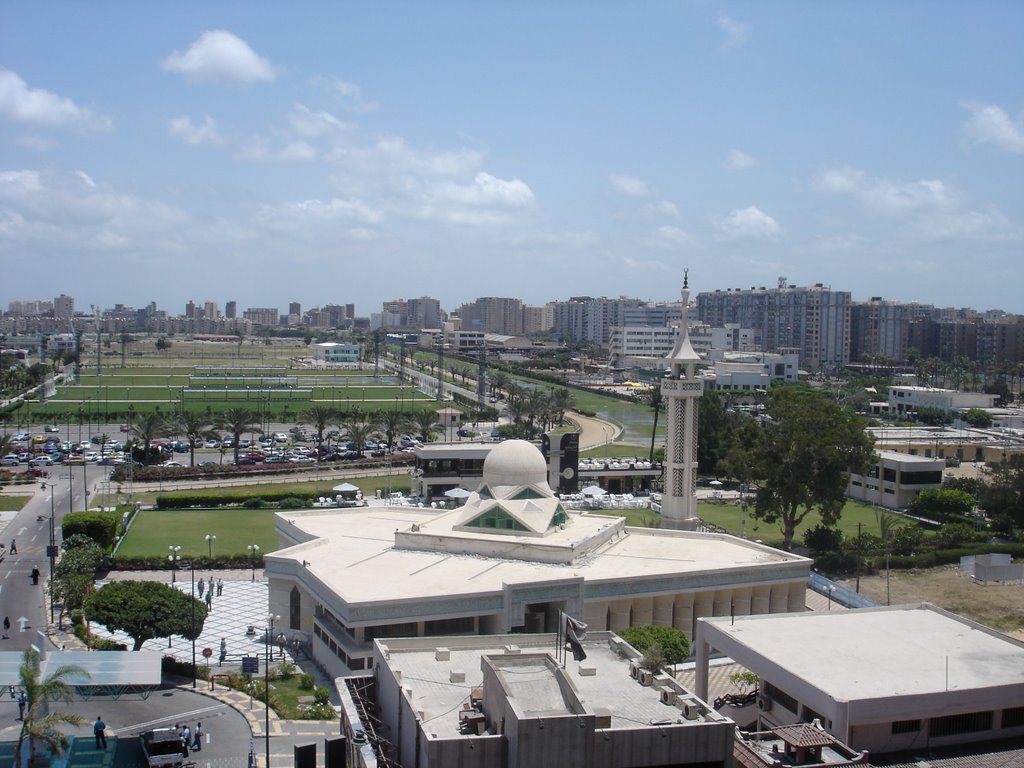
Smouha Sporting Club
is an Egyptian sports club based in Alexandria, Egypt with a professional football team.
The Smouha Sporting club was founded in 1949 by Joseph Smouha. As well as football it competes in swimming and gymnastics.
In football, Smouha finished in second place in the 2008-09 Egyptian Second Division season. In the 2009-10 Egyptian Second Division Smouha secured promotion to the 2010-11 Egyptian Premier League after a 7-1 win against Abu Qair Semad on 28 April 2010.
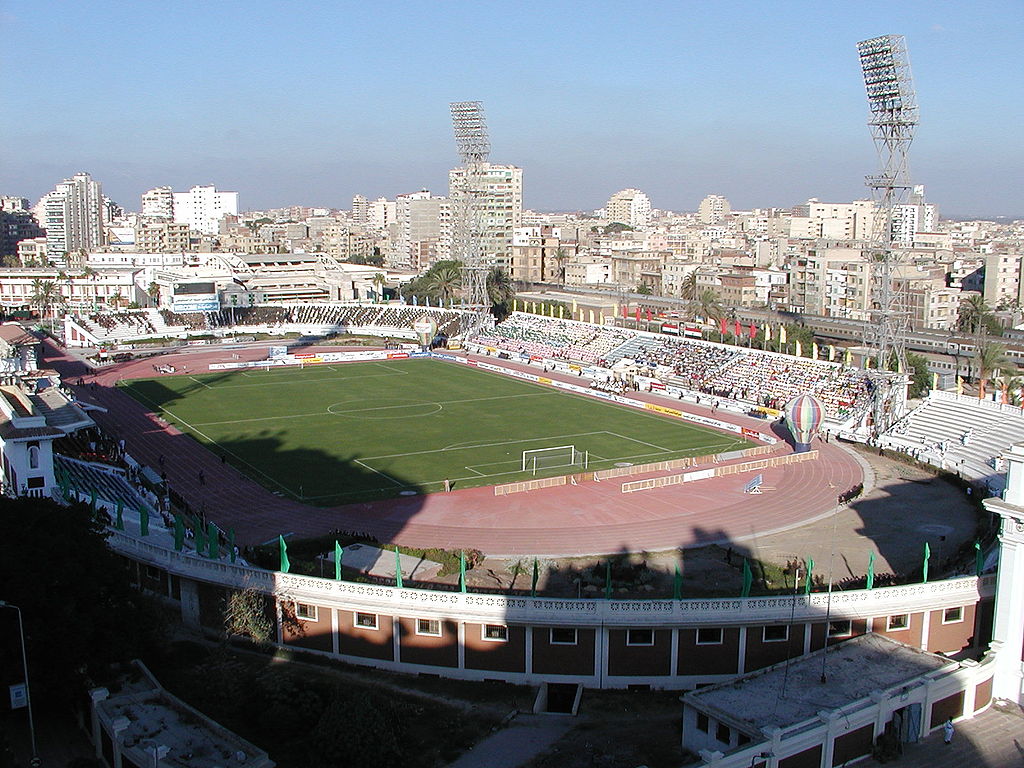
Alexandria Stadium
Is a multi-purpose stadium in Alexandria, Egypt. It is currently used mostly for football matches, and was used for the 2006 African Cup of Nations. The stadium is the oldest stadium in Egypt and Africa, being built in 1929. The stadium holds 19,676 people, after the remodelation in 2009.
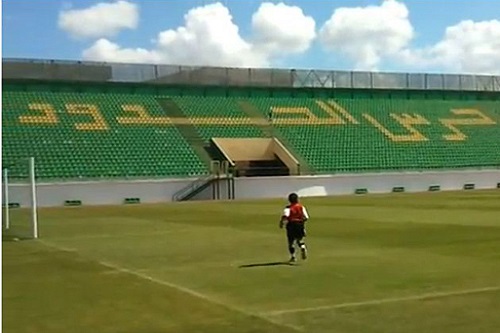
Haras El-Hedood Stadium
Is a multi-purpose stadium in Alexandria, Egypt. It is currently used mostly for football matches, and was used for the 2006 African Cup of Nations. The stadium holds 22,000 people. The pitch is surrounded by an athletics track, notable for being rectangular in shape & therefore having 90 degrees corners, rather than the conventional curve. The stadium is home to Haras El-Hodood and El Raja Marsa Matruh.
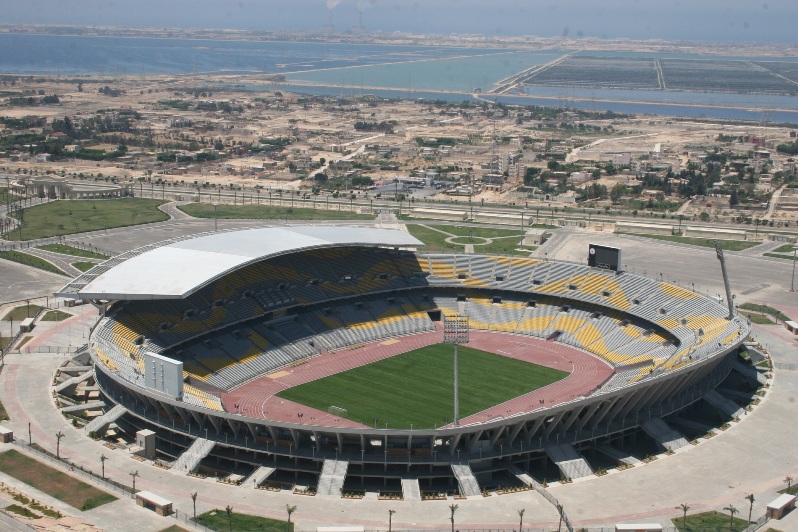
Borg El Arab Stadium
Is a stadium commissioned in 2006 in the Mediterranean Sea resort of Borg el Arab; 50 km west of Alexandria, Egypt. It is the largest stadium inEgypt and the second largest in Africa (after Soccer City in Johannesburg) with a capacity of 86,000, and is an all-seater. It is also the 27th largest stadium in the world, and the 10th largest association football stadium in the world.
The stadium is 145 feddans, is surrounded by a fence which is 3 km long, an internal road network its long is 6 km, a parking lot which could fit 5000 cars and 200 bus beside an airstrip, there are 136 electronic entrances. The main cabin is covered by an umbrella which covers 35% of the stadium total area, and it is considered the biggest umbrella in the Middle East. Its length is 200 m, its dimension is 60 m and its area is 12,000 m2, which is equal to 3 feddans.
The Stadium was originally commissioned as part of an ambitious 5 international-standard stadiums project for Egypt's bid to host the 2010 FIFA World Cup. It is also expected to be one of the venues for the Egyptian National Football Team along with the Cairo International Stadium, and the Mubarak Stadium at the city of Giza. The Stadium is unique in that it was designed and built completely by the Egyptian Armed Forces Corps of Engineers (EAFCE). It is thought that the EAFCE might be willing to participate in the construction of future stadiums.
